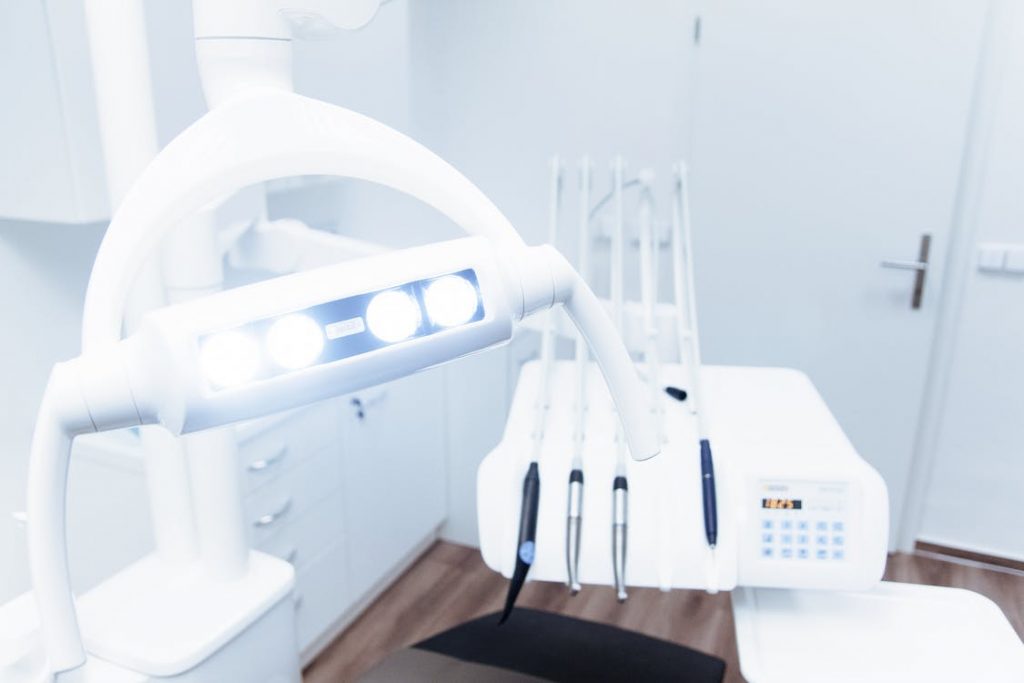Bone graft surgery is ideal for those who have a missing tooth
A dental bone graft refers to a surgery that helps repair or rebuild bones, this is done by transplanting healthy bone tissues so missing bone and support tissues can be recreated.
Dental bone graft operations are often given to patients that are experiencing bad health of nearby gums and teeth in their mouth as a result of the loss of bone.
When a tooth is missing, so is the bone that belonged to the patient – this may require the patient to have a bone graft operation depending on the condition of the patient’s jawline.
People who have experienced tooth loss are likely to also experience the loss of bones within their mouth and jaw.
Other people that are also eligible for getting a bone graft are:
- Those who want to receive implants for missing teeth
- Individuals who have tooth loss and/or gum disease
- People who have a bone loss
Bone graft operations are essential to reverse the bone loss that has been caused as a result of trauma, periodontal disease, infection, missing teeth or ill-fitting/damaged dentures.
Patients who have missing teeth for a significant amount of time will begin to have their jawline recede and also lose density.
The surgery also helps to ensure the jawbone is bulked up and strong for the patient so they do not have any pain with their teeth, jaw, mouth and the bones in their mouth.
There are three different types of bone graft used:
- Autogenous – when the bone is taken from one area of the patient and transplanted into their jaw
- Allograft – bone that is either synthetic or taken from a bone bank
- Xenograft – bone used from a cow or bovinae
When a dentist is preparing to start the bone graft procedure, they will begin by taking x-rays of the teeth and jaw to ensure that the correct surgery is being offered to you instead of an alternative that may be non-evasive.
Bone grafting is a long surgery that has multiple stages involved with the operation, the steps include:
- Removing damaged tooth/teeth
- (When needed) prepare to graft the jawbone
- Placing the dental implant
- Growing and healing the bone
- Placing the abutment
- Placing the artificial tooth
Dental patients that have purchased a bone graft surgery believe that the results are worth the cost of the treatment.
Aside from feeling happy with their physical appearance, they are also happy to improve their oral hygiene as the bone graft reduces people’s risks of developing serious long-term health issues linked to tooth loss and gum disease.
The procedure is very common amongst dentists in the UK and has a low risk of errors occurring when the operation is performed.
Research different clinics before deciding on one for your bone graft until you find the one that is perfect for you! Don’t risk your health for a cheaper cost when there is always one that meets your financial and deliverance expectations.

